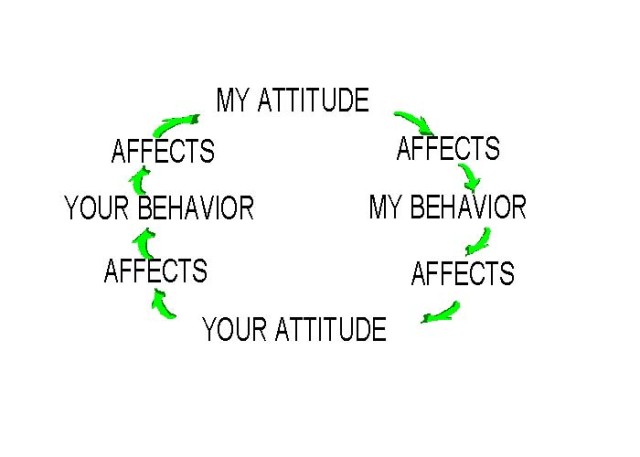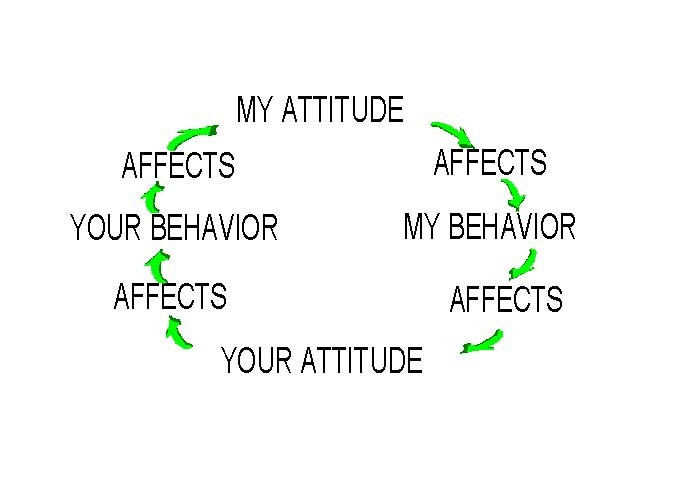Two weeks ago, during a Consideration of Others facilitation within the garrison, one group member made a poignant discovery.
The member stated without any prompting, "... change must come from within." This had a profound effect on other group members.
If you desire change and improvement, you must make an honest assessment. Ask yourself some tough questions:
"Did I cause this situation'"
"Is it self-inflicted'"
You can't expect others to change their attitudes and behaviors if you are unwilling to change your own.
Consideration of Others focuses on how a message is sent, received and affects others. In other words, it's not just confined to what is being said, but by how it is said.
This is known as impact versus intent. For example, a CO2 practitioner has a message to deliver to a group or individual.
By taking into consideration how the recipients in the group may respond or react, the sender may be able to tailor his or her message ahead of the delivery, frame it appropriately, and reduce the likelihood of conflicts or misunderstandings.
The Betari Box diagram depicts the cycles of verbal and nonverbal communication: (see attached graphic)
Unless one participant is willing to make a change, this cycle will continue indefinitely. The best strategy to achieve the best outcome is to assume good intent.
With a little prior planning and applying the CO2 methodology, most conflicts and miscommunications can be averted within the workplace. This practice extends into households, Families and wherever interpersonal relationships are conducted.
All graduates of the Army Equal Opportunity Leaders Course are qualified to facilitate CO2 in small groups within their commands.


Social Sharing